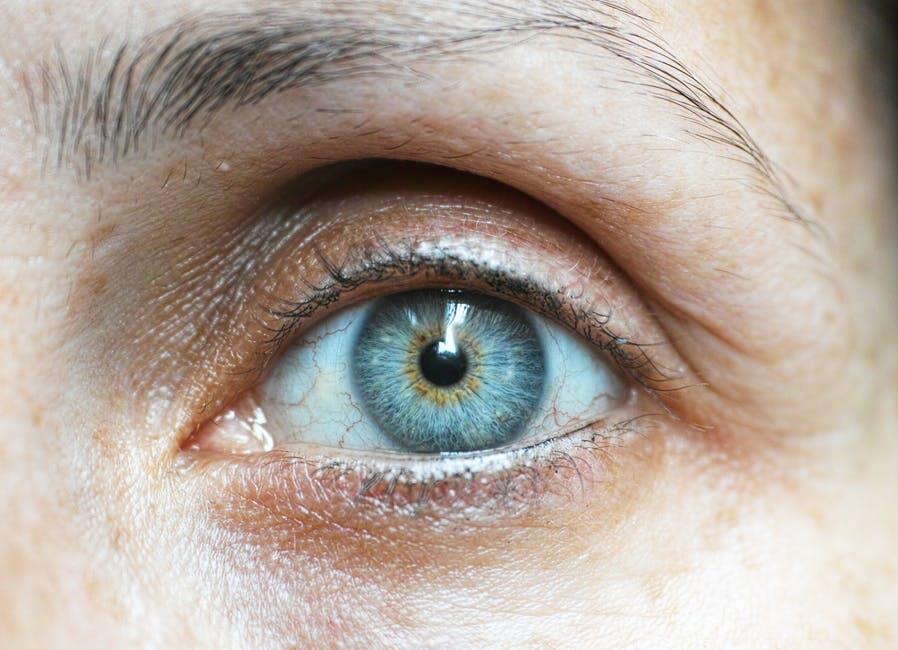
Diabetes doesn’t only affect your blood sugar levels – it can also have an impact on other areas of your body. According to Prevent Blindness, around 9.6 million people are dealing with diabetic retinopathy. This is a condition that occurs when high blood sugar levels damage your retina’s blood vessels.
Staying on top of the health of your eyes is important when dealing with diabetes. This includes getting routine eye exams. You may be wondering, “Does Medicare cover diabetic eye exams?”
This blog will cover the basics regarding eye exam coverage if you have Medicare. We’ll also go over the importance of diabetic eye care to prevent serious problems from occurring.
Medicare health plans generally don’t cover routine vision services, including eyeglasses and exams. However, Medicare Part B can pay for certain treatments related to diabetes. Medicare Part B will help pay for a yearly diabetic eye exam if you have diabetic retinopathy or diabetes.
Your Part B plan will cover one exam per year if you meet the above criteria. The exam will also need to be performed by an eye doctor who has the right licensing to do so in your state. You should connect with a Medicare-approved provider to ask if they offer a Medicare eye test for diabetes.
Your eyeglasses won’t be covered unless you’ve had cataract surgery or a vitrectomy. Medicare Part B will cover one pair of eyeglasses if you’ve had any of those procedures performed.
Diabetic retinopathy happens when the blood vessels inside your eye begin to leak fluid and blood into the retina. This can cause:
Early treatment and detection are essential to preserving your eyesight. You can expect a diabetic eye exam to follow the same pattern as a routine eye exam. However, your eye doctor will focus on the integrity of the blood vessels in your eyes and your retina’s health during the appointment.
Pupil dilation is key to getting a clear view of the inner structure of your eye. The main areas your eye doctor will examine include your:
Special eye drops will be inserted into your lower eyelids. It usually takes around 30 minutes for the eye drops to take effect. You’ll experience light sensitivity and temporary blurred near vision during this time.
A fluorescein angiography is a test that allows your eye doctor to detect damaged blood vessels early on. They’ll inject a special dye into your arm. The dye will travel through your bloodstream into your eyes, pinpointing if you have any blood vessel damage.
Your eye doctor will use a special camera to capture any found damage. This will allow them to easily identify where the damaged blood vessels are in the future.
Detecting glaucoma early on is crucial for treating this disease that threatens your eyesight. The unfortunate thing about glaucoma is that it usually doesn’t show symptoms until the patient starts to experience permanent vision loss.
Your eye doctor will need to monitor changes in the pressure within your eyes. Increased pressure may mean that you’re dealing with glaucoma.
Eye doctors test for glaucoma by releasing a puff of air into your eye. The puff of air calculates your eye’s inner pressure by how it responds to the air.
An OCT is an imaging test that provides images for your eye doctor of your retina’s cross-section. This allows them to get a clear view of the following:
Changes in the width of your blood vessels could indicate leaking fluid.
The vision portion of your diabetic eye exam is key to measuring your vision clarity. Your eye doctor will ask you to identify small and large letters on an eye chart. They’ll review each eye separately to identify any discrepancies between the eyes.
It’s important to know when you should start scheduling diabetic eye exams once you’ve been diagnosed. For example, if you have type 1 diabetes, you should schedule your first eye exam within five years of your diagnosis.
You should schedule your eye exam immediately if you’ve been diagnosed with type 2 diabetes. That’s because type 2 diabetes is often diagnosed many years later. This makes detecting retinal damage crucial.
Pregnant women with diabetes should schedule an eye exam within the first three months of their pregnancy. They should also schedule a follow-up one year after giving birth.
Eye doctors typically recommend scheduling annual eye exams for continual monitoring of your eye health.
Your healthcare provider can give you an accurate estimation of what your diabetic eye exam will cost. There are a few factors that can affect what you pay:
Keep in mind that your eye doctor may recommend you get more eye exams each year than your Medicare plan covers or services that don’t fall under the Medicare umbrella. You may be responsible for some or all of the costs of these.
As we mentioned earlier, glaucoma tests are part of diabetic eye exams. Medicare health plans cover glaucoma tests every year for those who are at a high risk of developing glaucoma. You may be considered high risk if you meet some of the following criteria:
Now you know the answer to the question “Does Medicare cover diabetic eye exams?” Understanding your Medicare benefits is key to determining what services and support will be covered for managing your diabetes. Ensure you find a qualified eye doctor who’s licensed to perform a diabetic eye exam before you move forward with your appointment.
The medical professionals at Family Medicine Austin are here to help you understand your vision coverage for Medicare. We work closely with our diabetic patients, ensuring they have the education and access to services they need to preserve their eye health. Reach out to one of our locations to book an appointment.